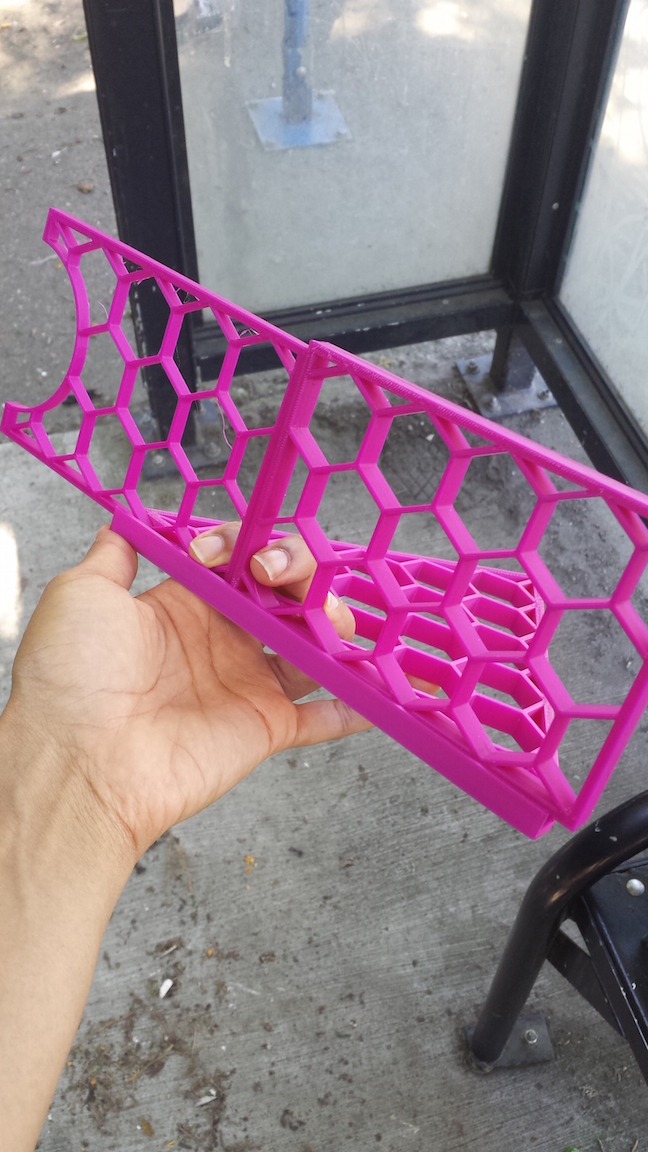Project Objective
Design, construct, test and launch a vertically aligned high altitude balloon (HAB) constellation system at 60,000, 90,000, and 120,000 feet to capture simultaneous high resolution images of the Great American Eclipse on August 21, 2017.
Team
The project team is
- Rory Driscoll
- Rihana Mungin
- Olea Stevens
- Audrey Lewis
- Chris Kettner
- Alex Brouwer

Customer/Market Requirements
The following are determined by project sponsor and capstone team agreeance in order to fulfill sponsor requests and create distinguished project objectives.
-
Payloads must meet the exemptions of FAA Regulation 101.1.4 for unmanned free balloons
-
Payloads shall have a minimum of 2 cameras
-
Cameras shall capture high definition hemispherical images
-
Balloons in constellation will be launched from the Oregon coast
-
All devices must operate automatically from altitudes between 60,000ft and 120,000ft for at least 4 hours
-
All devices shall withstand temperatures and pressures of -46°C and 1120 kPa for 30 minutes
-
Tracking system must transmit current location every 5 mins for payload recovery
-
The NASA Eclipse Ballooning Project system must reach 70,000 ft during totality
Design Challenges
The most challenging aspect of this project will be capturing the solar eclipse (considered a once in a lifetime event) using an autonomous imaging system. This system must function between sea level and elevations exceeding 100,000 ft, where we can expect pressures and temperatures of 1120 Pa (0.1 psia) and –46 °C (–51F), respectively. All considerations for the imaging system must be made to meet the constraints of the FAA weight regulations for the August 21st launch. The payloads must also be easily recovered in order to retrieve and view the captured images.
Outcomes
The team has developed a conceptual payload design that uses three cameras simultaneously taking burst images that will be used to create one final stitched image. The payload housing uses a structurally durable honeycomb skeleton, shown in Figure 2. below, to house the insulation and payload devices. A valve system, with circuit diagram in Figure 3. below, is built to ignite nichrome wire and create an open valve from the balloon once it has reached a desired altitude to allow for a controlled descent by release of gas from the balloon, making recovery of the payload simple.

